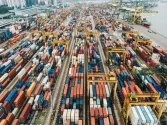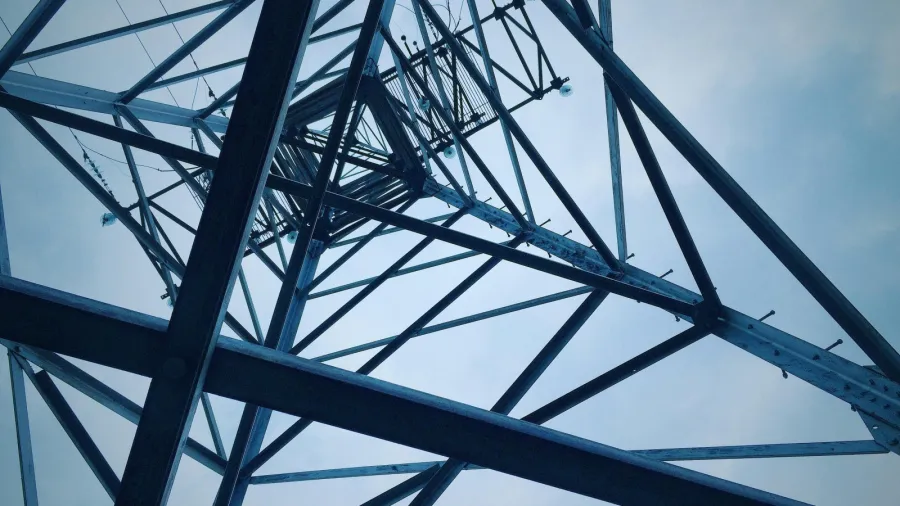
Standalone energy storage projects nearly 65% of issued Q1 tenders in India
Such projects are increasing, thanks to government support.
Standalone energy storage system (ESS) projects in India are gaining more attention as they account for 64% of the total tenders issued in the first quarter (Q1) of 2025.
According to a new report by the Institute for Energy Economics and Financial Analysis (IEEFA) and JMK Research & Analytics, various Indian agencies tendered 6.1 gigawatts (GW) of standalone ESS capacity.
The report’s contributing author, Charith Konda, energy specialist - India mobility and new energy at IEEFA, said standalone ESS are “flexible, independent assets that can respond to grid requirements rather than generator constraints, offering network stability and optimising energy use.”
India’s viability gap funding (VGF) scheme, which offers up to 30% support to project developers for capital expenditure on standalone BESS projects, has been a key driver of the surge in Standalone ESS tenders.
The report’s co-author Prabhakar Sharma, senior consultant at JMK Research & Analytics, said the programme has addressed the high initial capital expenditure requirements for such projects.
“In recent auctions, battery energy storage system tenders in Maharashtra and Rajasthan secured tariffs as low as INR 219,000 to INR 221,000 per megawatt (MW) a month ($2,561 to $2,586/MW/month), representing almost a 40% reduction compared with non-VGF projects with similar specifications,” he added.
The heightened interest for standalone ESS is attracting both new and existing players. These include JSW Energy, Greenko and Torrent Power, as well as newer entrants Pace Digitek, Oriana Power, Kintech Synergy and Bondada Engineering.
However, the report warned of possible challenges that the market may face. These include delay or cancellation of power sale and storage agreements, and structural barriers.
“With the right mix of sustained policy support, streamlined regulatory processes, and targeted investments in domestic manufacturing and supply chains, the sector can overcome early-stage barriers and unlock its full potential,” Sharma said.



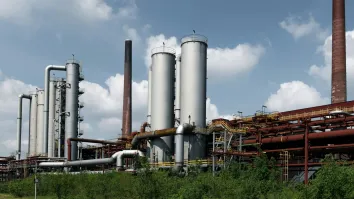
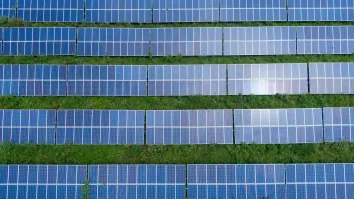
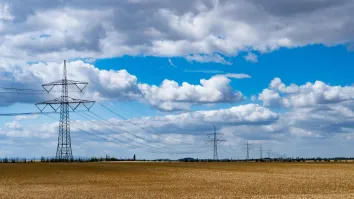
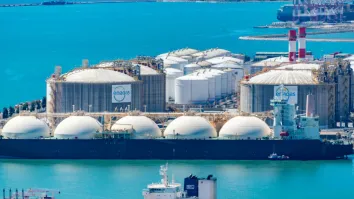
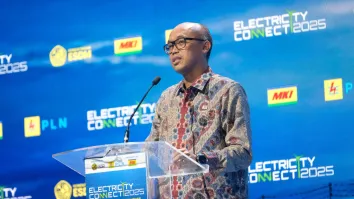
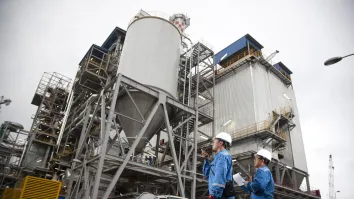
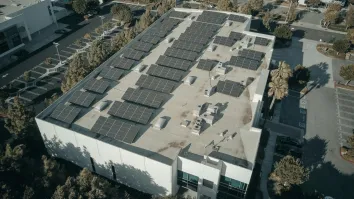
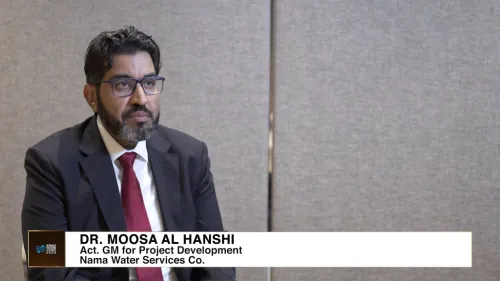
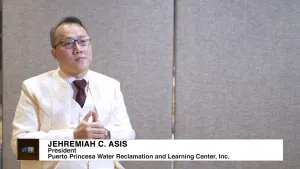
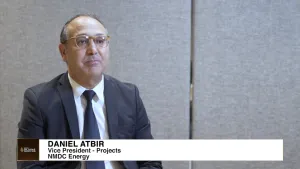
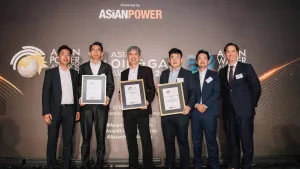

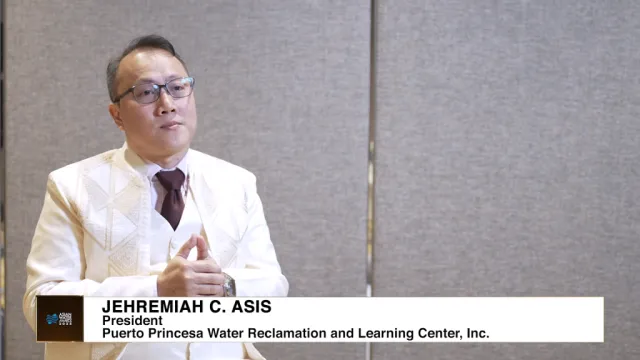
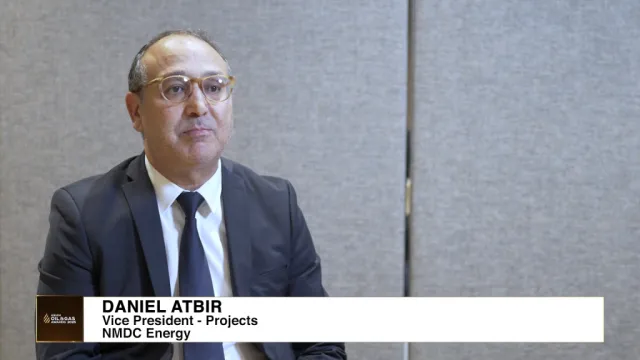
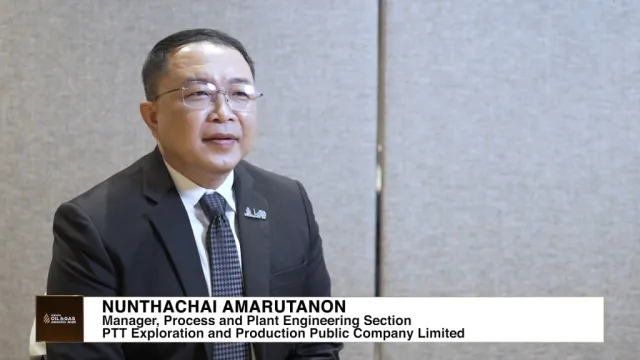

 Advertise
Advertise

